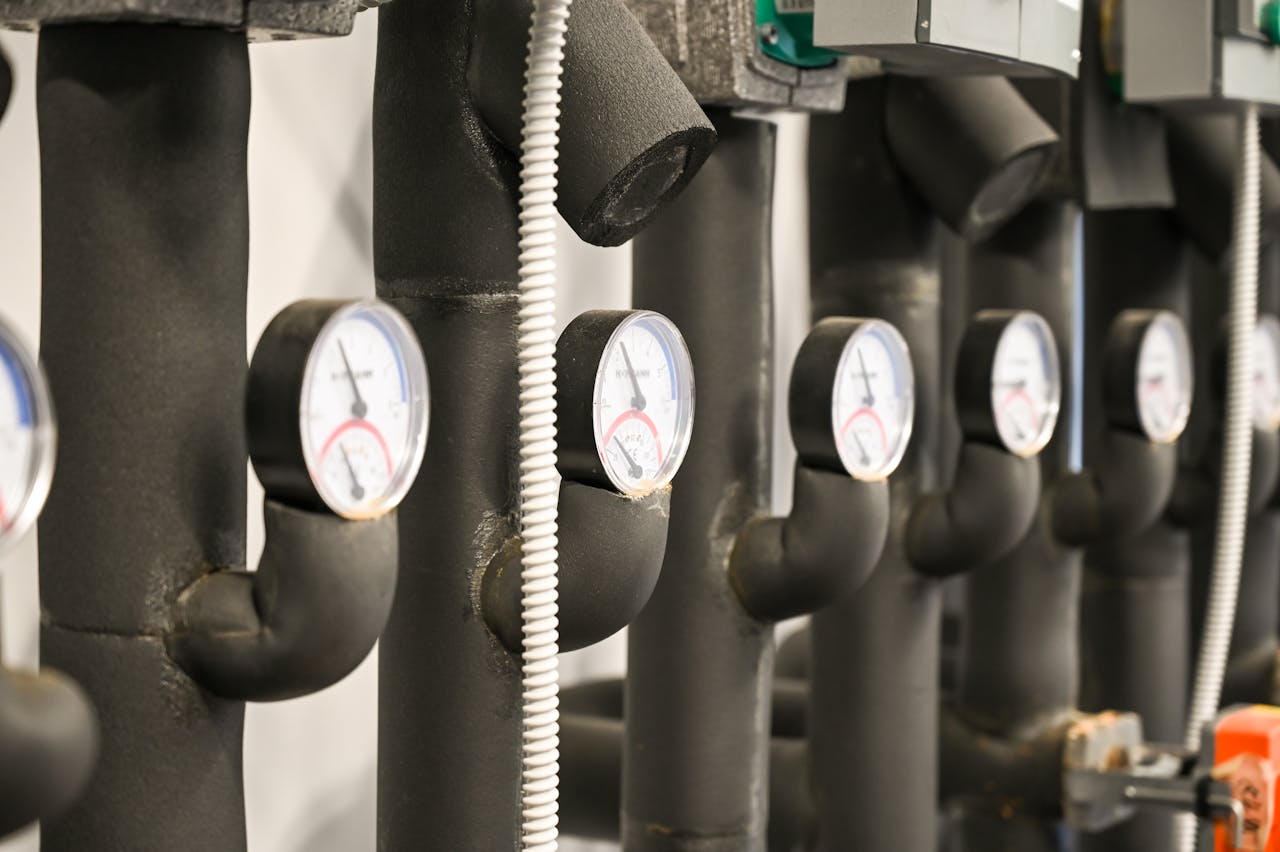EPA certified bi-fuel engines that operate on propane autogas and gasolineprovide fleet owners with improved range, cost savings, and emissions benefits. The conversion system starts with a Ford 7.3L V8 gasoline engine. A propane autogas tank is then added to the vehicle along with a conversion system to modify the engine so it can run on propane autogas but have a reserve tank of gasoline for emergency situations. Drivers only need to flip a switch on the dashboard to easily transition between the two fuels. The conversion includes 46 gallons of propane stored in concealed twin propane fuel tanks.
Fleets that operate with propane autogas report up to a 50% savings in fuel costs compared to gasoline or diesel. By being able to primarily run on propane autogas, fleet owners using a bi-fuel engine start to see cost savings benefits during their first trip to the pump. In fact, one reason many fleet owners transition to propane autogas is because it provides the lowest total cost of ownership of any fuel.
Additionally, propane autogas is a clean energy source. Today’s engine technology is 90% cleaner than EPA standards. Propane autogas vehicles can produce up to 22 percent fewer greenhouse gas emissions than gasoline vehicles throughout the full fuel cycle.
Fleet owners also experience increased range with the bi-fuel engine. With both a propane autogas and gasoline tank, some fleet owners report being able to travel up to 400 miles on the propane autogas tank alone.
There are several companies who can help convert a gasoline fleet to a bi-fuel engine using a certified conversion kit. More information can be found here: Propane.com/vehicle-conversions

